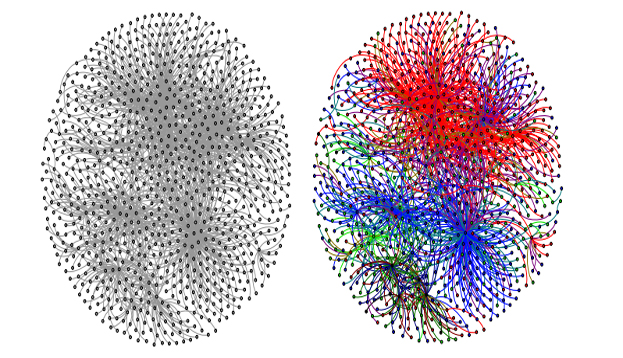Using the popular Chinese social network Weibo, scientists from Beihang University have honed in on how emotions spread from person to person in online communities. They found that anger was the most influential emotion.
Scientists collected a whopping 70 million tweets from 200,000 users over the course of six months. They analyzed the emoticons contained within the tweets and categorized them into joy, sadness, anger or disgust.
Users with angry missives tended to interact with each other more, and that proactivity resulted in spreading their sentiment more effectively. It’s not a shocking discovery, considering users sending angry messages to one another would prompt others to become angry. On the upside, joy was the next sentiment most likely to be shared. Sadness and disgust did not catch on as easily as joy and anger.
The study is similar to one conducted in 2001 at the Wharton School at the University of Pennsylvania titled “Facebook Therapy: Why People Share Self-Relevant Content Online.” That study also found that users were more likely to share ‘powerful’ emotions such as anger.
While it isn’t surprising that a study proves the timeless proverb ‘one rotten apple can spoil the bunch’, the implications from these findings are far-reaching for social media. It’s where the tone of communication from a small but vocal segment can affect entire communities, something marketers and brands have discovered in some not so pleasant ways.
Sources: MIT Technology Review

